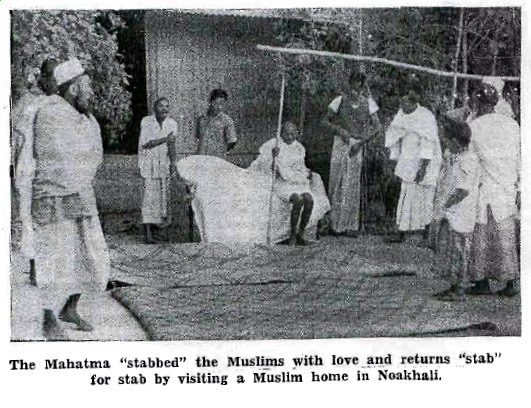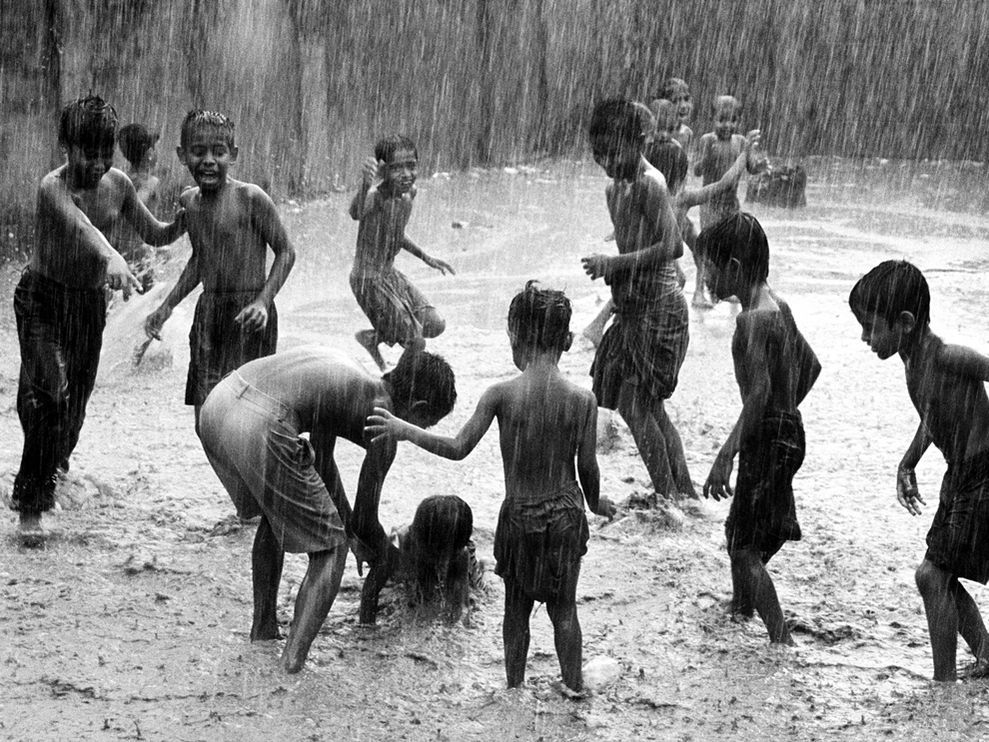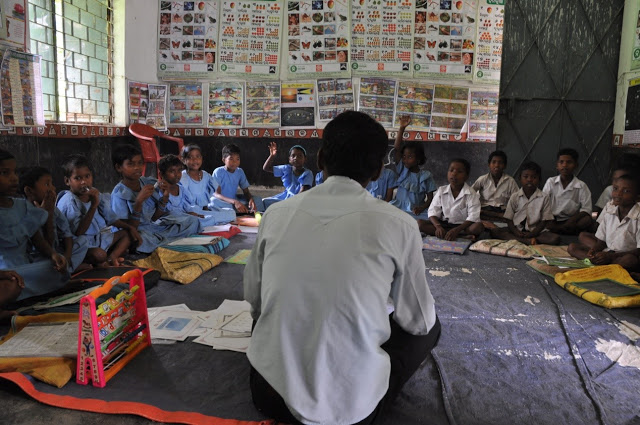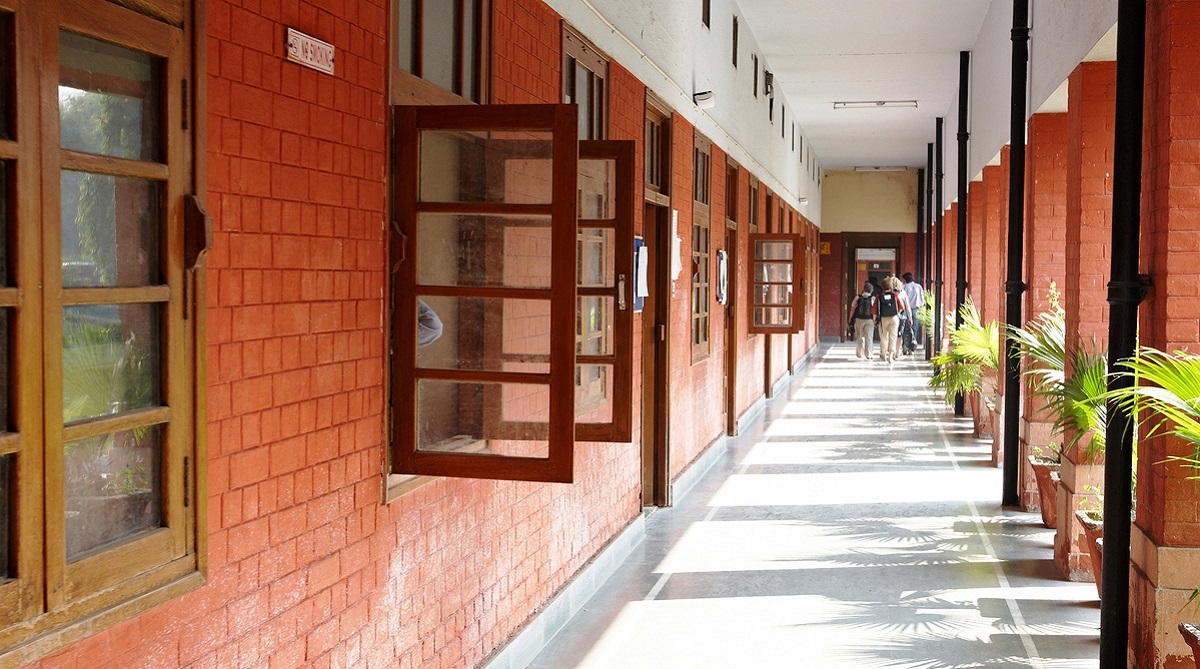LETTERS TO YOUNG STUDENTS PURSUING HUMANITIES AND WAITING FOR THE BOARD EXAMINATION
In his second letter to young students pursuing humanities and preparing for the Board Examination, Professsor Avijit Pathak has explained the deeper implications of studying political science.
Dear Students,
It is always great to communicate with you. Believe me, when young/vibrant minds like you begin to think creatively and live meaningfully, there is hope. Yes, as the Board Examination is approaching, many of you, it seems, are preoccupied with your academic studies. However, as I wrote in my earlier letter, there need not necessarily be a contradiction between academic study and joyful learning—learning for life transformation. Remember the first letter—the way we engaged with a poem from your English textbook, and understood the richness of the experiential domain with all its symbols and metaphors. Likewise, in this letter, I wish to engage with an important question relating to the challenges of nation making, and I take this question form your Political Science textbook: Politics in India since Independence (NCERT).
Why Political Studies?
Why do you study politics? Well, it is possible to find people around you who may laugh at the fact that you are studying politics. Physics and Mathematics, they will tell you, really matter and you need to study them and acquire expertized knowledge. But politics, they would say, is what politicians do; newspapers write about it, and people keep talking about Ministers, policies and politicians in tea shops, local trains and drawing rooms. So what is the reason for studying it as a separate discipline? I think you ought to see beyond this shallow understanding of politics. The domain of politics, you must understand, is essentially about power—the way it is possessed, exercised and used in society. Power is the ability to get things done. Take a simple illustration. The government has the power to supply safe drinking water to every household so that there is no need for water purifier machines or mineral water bottles. However, as you see, this power is hardly exercised; it is not easy to get regular supply of safe drinking water. Why is it so? The moment you ask this question, you enter into a complex domain. Is it because the government is not really interested in people’s needs? Is it because the pressure of private enterprises—the lobby of water purifier and mineral water bottle companies—restrains the government’s hands? This means an enquiry into the relationship between politics and economics, or diverse social classes and their negotiation with the government, or ideologies and policy measures. As you study political science as a discipline, you begin to become sensitive to these questions. It widens your horizon, opens your eyes. It is a liberating experience.
Nation—A Process or a Fixed Product?
In fact, the textbook I am referring to is written beautifully. It is bound to sensitize you. Take, for instance, the first chapter “Challenges of Nation Building”. Let me begin with the idea of a ‘nation’. Even though you are an individual with a distinctive identity of yours, you cannot imagine yourself in isolation. You have your parents; you are born in a family. You speak a language—Tamil, Hindi, Bengali or whatsoever. And you share some symbols with others—the symbols of food, music, rituals, festivities, ethnicities. In other words, you begin to see yourself beyond your limited individualized existence; you find yourself in your family, in kinship groups, in a regional/linguistic community, in a shared cultural milieu. Now, a question arises: do you find yourself in a nation? Well, a nation can be defined as a community of people living together in a defined territorial boundary characterized by shared civilizational memories and cultural symbols; and it is legitimated by a sovereign state. Can India be called a nation in this sense? Let us try to respond to this question. At one level, it can be said that what we regard as India is full of differences, and it is really difficult to find something common amongst us that can bind us together. A Tamil might say that she finds nothing common with a Bengali. Or for that matter, a Telegu speaking person might find it difficult to understand the cultural symbolism found in the Mithila region in Bihar. However, it is possible to give a counter argument. It is possible to say that despite these differences, there has been an overarching Indic civilization nurtured by the continual exchange of cultures through pilgrimage, trade, education and reinterpretation of mythologies and epics. Moreover, as it can be said, the historic freedom struggle brought us together, gave us a common mission—fighting colonial invasion, and creating a new free nation. In fact, your textbook is asking you to understand this project—the making of India as a nation, despite multiple differences amongst us.
Friends, think of yet another important issue. A nation, unlike your family, village or religious group, is a community of a qualitatively different kind. You cannot know or meet everyone even in the smallest nation. Hence, the feeling of being part of a nation has to be perpetually cultivated and activated. One way of doing it is through the sovereign state that gives every citizen within the nation a set of rights and privileges; it also promises to protect them from ‘external forces’. Second, every nation evolves its sacred rituals and symbols—say, the flag, the Republic Day parade. Third, museumization of shared past histories, and dissemination of enchanting icons, symbols and memories through school textbooks, cultural artifacts and other modes of communication play a key role in intensifying the solidity of a nation. Hence, a nation, it seems, has to be built continually. Nation building is a constant process. This is the reason why you are studying a chapter on challenges of nation building.
Partition and the Challenges of Nation Building

What are these challenges? One important challenge is how we exist together, despite differences. As I have just said, the freedom struggle gave us the inspiration to create a new/independent/united nation. Yet, it was partition—the growing Hindu-Muslim divide, and eventual division of India and creation of Pakistan—that shattered the dream. 1947—history posed a challenge before us. Can we still hold on the project of a new nation based on unity amidst plurality, despite the traumatic memory of partition and its devastating consequences? Let me quote from your book:
Now that the country was independent, the time had come to realize the promise of freedom. This was not going to be easy. India was born in very difficult circumstances. Perhaps no other country by then was born in a situation more difficult than that of India in 1947. Freedom came with the partition of the country. The year 1947 was a year of unprecedented violence and trauma of displacement. It was in this situation that independent India started on its journey to achieve several objectives. Yet the turmoil that accompanied independence did not make our leaders lose sight of the multiple challenges that faced the new nation.
Possibly, you are asking why Hindus and Muslims failed to live together and resist partition. It is a very difficult question to answer. However, you should not forget that there were honest and sincere efforts made by the likes of Gandhi, Nehru and Maulana Azad and many others to retain and strengthen the composite and syncretic culture of our civilization. Well, Gandhi called himself a ‘sanatani Hindu’; he used many religious symbols; yet, from religiosity he was trying to tap the potential of the doctrine of spiritual oneness. No wonder, he became a source of inspiration, and lived as an example of religious pluralism and coexistence. Have you noticed a revealing picture of ‘Gandhi in Noakhali in 1947’ published in your textbook? Do not escape it. You can learn a lot through the visual representation. Yes, in 1946-47 Noakhali (now in Bangladesh) was burning; Hindus and Muslims were fighting—the worst form of communal violence. Gandhi, despite his old age and frail body, stayed there, moved around the villages, met Hindus and Muslims, faced all sorts of resistance; but then, he succeeded in restoring peace. It was his yet another ‘experiment’—his sincere urge to prove that Hindus and Muslims could live together. Gandhi was disliked by ‘Hindu nationalists’ like Savarkar as well as Jinnah—the proponent of the ‘two nation theory’. In a way, they politicized religion in a negative way. We could not resist partition.

As I see your book, the picture of ‘a train full of refugees in 1947’ arouses my interest. Friends, look at the picture, and with some empathy begin to feel what it meant for about 80 lakh people—Hindus, Muslims and Sikhs—to abandon their homes, move across borders, experience immense sufferings, and become ‘refugees’ overnight—homeless and traumatized. It was not just about the division of the physical territory of Punjab and Bengal; it wounded human consciousness and caused large-scale violence. Think for a while, and read this passage from your book carefully:
Forced to abandon their homes and move across borders, people went through immense sufferings. They travelled to the other side of the new border by all sorts of means, often by foot. Even during this journey, they were often attacked, killed or raped. Thousands of women were abducted on both sides of the border. They were made to convert to the religion of the abductor and were forced into marriage. In many cases women were killed by their own family members to preserve the ‘family honour’. Many children were separated from their parents. Those who did manage to cross the border found that they had no home. For lakhs of these ‘refugees’, the country’s freedom meant life in ‘refugee camps’, for months and sometimes for years.
In fact, in the creations of sensitive writers and great filmmakers we can see how this tragedy dehumanized us, and destroyed civility, trust and human dignity. I want you to read Saadat Hasan Manto’s stories. With deep pain and a sense of social realism this remarkably gifted Urdu writer entered the zone of darkness, and made us see what damage communal violence could do to human psyche. No wonder, your book familiarizes you with a revealing poem by Amrita Pritam, and a film Garam Hawa by M.S. Sathyu. Try to understand how political science, literature, cinema and history are merging. That is the beauty of creative learning. It opens your eyes; you evolve a distinctive way of seeing.
Well, we got independence; but then, we were fractured, fragmented and wounded. Would it ever be possible for us to stand up, and still hold the dream of a democratic/secular nation filled with the spirit of cultural and religious pluralism? History posed this question before us. Let me remind you of what is written in your book.
The leaders of the Indian national struggle did not believe in the two-nation theory. And yet, partition on religious basis had taken place. Did that make India a Hindu nation automatically? Even after large-scale migration of Muslims to the newly created Pakistan, the Muslin population in India accounted for 12 per cent of the total population in 1951. …But most leaders of the national movement believed that India must treat persons of all religions equally and that India should not be a country that gave supreme importance to adherents of one faith and inferior to those who practiced another religion. All citizens would be equal irrespective of their religious affiliation. Being religious or a believer would not be a test of citizenship. They cherished therefore the ideal of a secular nation. The ideal was enshrined in the Indian Constitution.
Be Alert, Friends
You can understand that as a new nation we dared to take this challenge. It was easy to fall into the trap of narrow religious sectarianism. However, despite the trauma of partition, we wanted to retain the spirit of secularism. This does not mean that you and I would cease to be religious. You can be a Muslim; and I can be a Hindu. These are our personal beliefs, our distinctive ways of engaging with the divine. Yet, we could work together in a shared public space without bothering about our religious identities. Furthermore, instead of remaining insulated, we can continually learn from each other. In other words, to be secular means to be open, accommodative and pluralist. See the personality of Gandhi. He was deeply religious. Yet, he was secular.

Yes, this secular ideal of the nation has to be built everyday. It is a continual process. That is why, a nation is always in the process of making. I am sure that you have understood the essence of this chapter. You are bound to do sell in your examination. My best wishes for you. But then, you should not forget that there is something in engaged learning that goes beyond mere exam performance. You are learning about politics, history and the ideals of the nation. Don’t you think that today in 2017 we are facing the similar challenge that the likes of Gandhi, Nehru and Azad faced in 1947? See the way with cow vigilantism, communal hatred, lynching, mandir politics and onslaught of majoritarianism we are deviating from the secular ideal. Why is it so? How is the government functioning? How does it exercise its power? Whose interests does it represent? These are fundamental questions of political science. Exams will come and go. But you have to live in this nation. You have to decide its fate.
You are growing up. Be alert, friends.
With best wishes
Avijit Pathak
December, 2017
The New Leam has no external source of funding. For retaining its uniqueness, its high quality, its distinctive philosophy we wish to reduce the degree of dependence on corporate funding. We believe that if individuals like you come forward and SUPPORT THIS ENDEAVOR can make the magazine self-reliant in a very innovative way.











